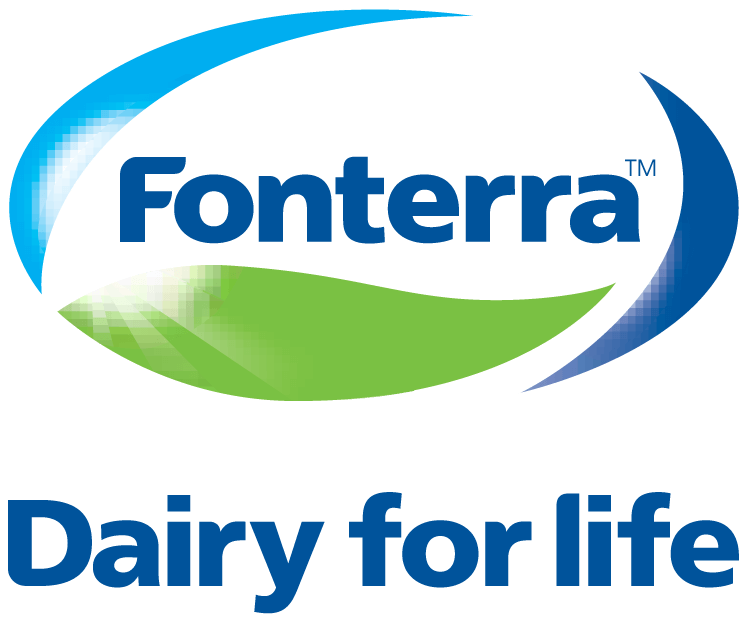

The Christchurch City Council is the local territorial authority for the City of Christchurch (including Banks Peninsula).
Christchurch has the second largest population of all New Zealand territorial authorities after Auckland and is the largest urban centre in the South Island. Christchurch City has a land area of 141,260 hectares. Around 70 percent of this land is located in Banks Peninsula.
Christchurch City Council owns and manages a network of wells, reservoirs, pipes and pump stations and is responsible for the maintenance of these fittings and assets up to the point of supply (eg. where the “mains” network meet private properties).
Their focus is on successfully operating and administering what is known as the “three waters”:
• Wastewater
• Fresh water (drinking water)
• Storm water (and drainage)
This means that every day, the Council are charged with operating, maintaining and carrying out the multiple requirements involved in getting water to and from communities. In addition, they are responsible for network planning, as well as responding to growth and other change.
When it comes to watercare and management the Council are tasked with the following outcomes:
• Safe and healthy water- ensuring safe drinking water and working to eliminate the harmful effects of wastewater and stormwater over time.
• Respect for the environment- avoiding harm to the natural and built environment and over time, enhancing it for the benefit of future generations.
• Resilient networks - providing reliable day-to-day water services, that are able to withstand shock and stresses, and to future proof the water network.
In order to meet the above outcomes and as part of their Asset Assessment and Intervention Framework, in 2018, the Council identified a need to build an end to end automated forecasting tool for water pipe network renewals.
The Christchurch City Council catchment area is large, with a population and asset infrastructure that is widely distributed.
They needed a solution that would allow them to meet their outcomes in relation to health, safety and the environment, but also one that would help them reduce costs.
Water loss due to leakage is costly largely because of the electricity and pumps that are used to distribute the water in the network being so expensive to run and maintain. In addition, ageing pipe work can dramatically increase the level of non-revenue water over the years.
The Council not only needed to know when network areas needed replacement, but also needed to understand how the pipe network served areas and populations and the impacts that maintenance, or downtime would have on those areas and populations.
The Council realised they needed accurate, feature rich, basemaps and location data combined with a powerful but flexible GIS system to visualise this data.
They knew they needed a dataset that would be constantly updated with new developments, addresses and points of interest. They also needed an accurate and current dataset that would include; administrative boundaries, census data and of course, the location of features such as hospitals, schools and rest homes.
The Council needed the ability to access the data they needed to complement their maps and analysis, without the need to sift through multiple layers and datasets, or find and fix data problems along the way.
For scenario planning and analysis purposes, they also needed to know the exact location of potential hazards such as petrol stations, or other chemical stores in the event of pipe network failure.
In order for the Council to successfully and effectively manage their infrastructure and pipe networks, they were keenly aware that they needed a much more technologically sophisticated and holistic solution than was currently in place in 2018.
In 2018, the “solution” was largely static maps based on cobbled together data from multiple sources, with no clear quality control, or assurance around currency, maintenance, or accuracy.
For this project, Christchurch City Council opted to use ArcGIS and consume NationalMap data and basemaps.
NationalMap allowed them to get all of the location and “points of interest” data they needed from one trusted source, without the need for constant inhouse curation, maintenance and quality control.
NationalMap data was easy to access, as the Council already had an organisational subscription to NationalMap, but knowing that the data can be used in ArcGIS was also a key consideration.
Esri’s ArcGIS platform allows users to easily consume and overlay multiple datasets to create deep insights that the Council sought. The combination of Esri ArcGIS and NationalMap has allowed them to easily communicate complicated data and analysis to all stakeholders.
Christchurch City Council now enjoy a comprehensive understanding of their current assets and pipe network and when sections of that network need replacing. They also have deep insights into the impacts on surrounding areas and communities of pipe, or network failure.
Real evidence based decision making is now possible thanks to the quality of the NationalMap data supporting the council’s network planning and their automated pipe network renewal model.
The end result is a dependable, automated forecasting tool that allows the Council to spend money on the assets that needed replacing and avoid spending money on asset maintenance and replacement unnecessarily.
The detailed, value-added data that NationalMap provides is not only helping position Christchurch City Council strongly for the future in watercare and management, but also other areas of the Council’s remit.

“We chose NationalMap because we value having a fundamental “one source of truth” dataset underpinning our analysis and reporting. No other dataset comes close in terms of the accuracy and currency of the points of interest data that we need to do our analysis. Colleagues in other parts of the Council have observed our success and are already applying NationalMap data to solve challenges such as road asset maintenance and management.”
Aimee Martin Research Analyst, Christchurch City Council





100% New Zealand owned and operated.
© 2025 NationalMap | Terms and Conditions | Privacy Policy